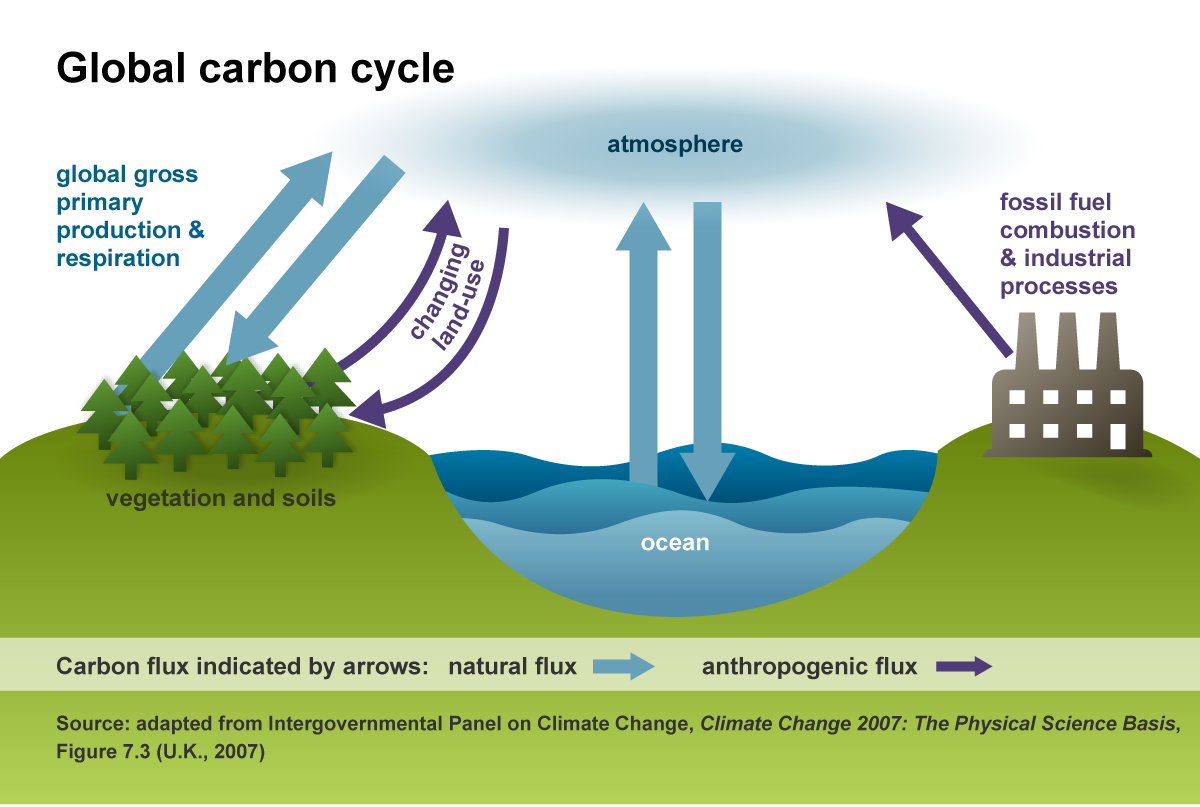Electricity in the United States is produced (generated) with diverse energy sources and technologies
The United States uses many different energy sources and technologies to generate electricity. The sources and technologies have changed over time, and some are used more than others.
The three major categories of energy for electricity generation are fossil fuels (coal, natural gas, and petroleum), nuclear energy, and renewable energy sources. Most electricity is generated with steam turbines using fossil fuels, nuclear, biomass, geothermal, and solar thermal energy. Other major electricity generation technologies include gas turbines, hydro turbines, wind turbines, and solar photovoltaics.
Natural gas was the largest source—about 38%—of U.S. electricity generation in 2021. Natural gas is used in steam turbines and gas turbines to generate electricity.
Coal was the second-largest energy source for U.S. electricity generation in 2021—about 22%. Nearly all coal-fired power plants use steam turbines. A few coal-fired power plants convert coal to a gas for use in a gas turbine to generate electricity.
Petroleum was the source of less than 1% of U.S. electricity generation in 2021. Residual fuel oil and petroleum coke are used in steam turbines. Distillate—or diesel—fuel oil is used in diesel-engine generators. Residual fuel oil and distillates can also be burned in gas turbines.





